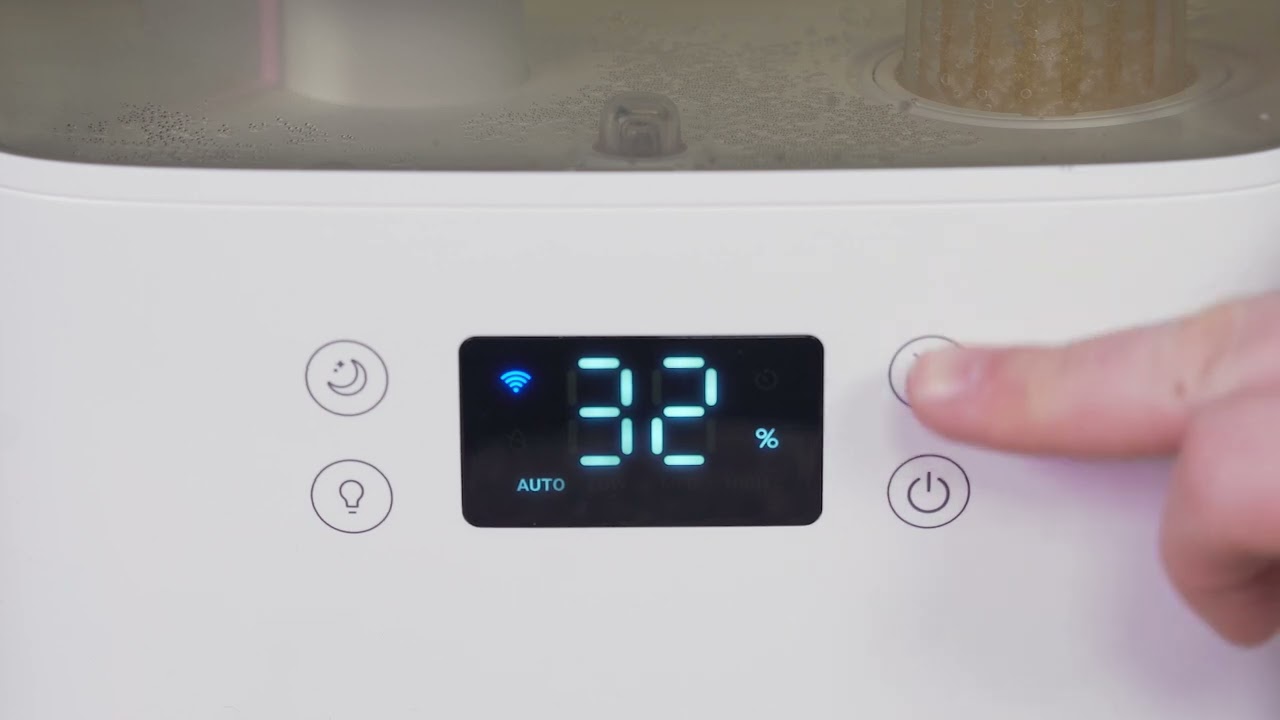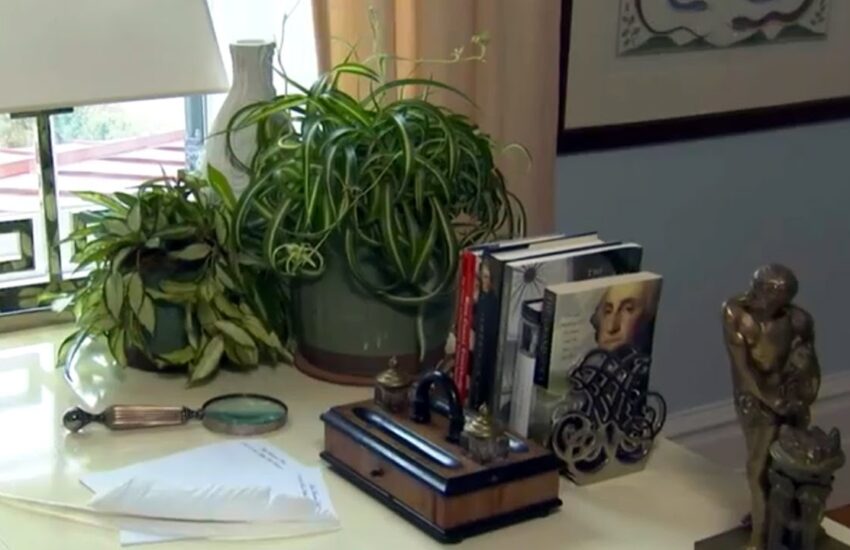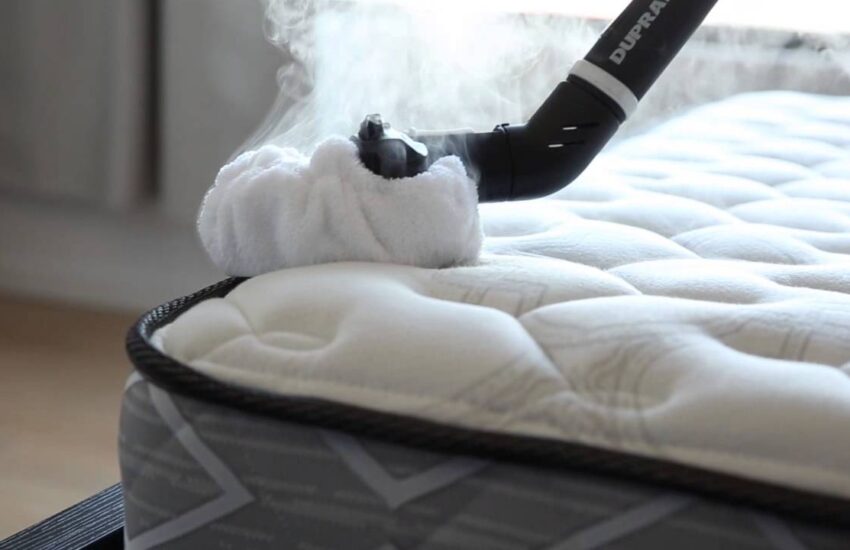How to test air quality in your home?
If you’re interested in learning how to test air quality in your home, you have come to the right place. There are several types of tests available to determine whether your home is in an area where your air quality is harmful. This article provides information on Carbon monoxide, Particulate matter, and Radon. You can also use an at-home air quality monitor to check the level of mold, radon, or other contaminants in the air.
Carbon monoxide
If you suspect your home may be leaking carbon monoxide, you should check for leaks immediately. The poisonous gas is odorless and colorless, so it is often impossible to detect until it is too late. You can test air quality in your home for carbon monoxide by purchasing a detector. The best place to install a carbon monoxide detector is about five feet above floor level. You will need one for each floor of your house.
Besides carbon monoxide, there are other types of toxic gases that you should watch for in your home. Radon is the number two cause of lung cancer, and volatile organic compounds (VOCs) can lead to respiratory problems, as well as increase your risk of lung cancer. Asbestos fibers can enter the air, triggering symptoms such as coughing, shortness of breath, and chest congestion. High levels of carbon monoxide can even damage your heart.
While many people may not be aware of the dangers of carbon monoxide, the symptoms of exposure can be alarming. CO poisoning can lead to death. It can be deadly at 300 parts per million, so it’s important to test the air quality in your home. Various household appliances produce carbon monoxide. It can enter your home from the garage and blanket the airspace inside it.
Mold
The first thing to do if you suspect that you have a mold problem in your home is to schedule a mold test. Most people are allergic to mold, but if you suspect that you might have a mold problem in your home, there are some easy steps you can take to determine if you have a problem. Mold can leave a musty odor behind, which is a common indicator of an existing problem. In addition to smell, you may also experience symptoms such as headaches, runny noses, and scratchy throat.
Once you have determined the potential for mold in your home, you can move on to finding out whether you should clean the area yourself. Using a simple mold test can help you determine if you need to call a professional mold remediation service, or whether you should do the job yourself. Remember to always wear personal protective equipment when you clean up mold in your home. This includes long-sleeved clothing, goggles without vent holes, and a N95 respirator. If the test results show that you do have mold in your home, you can decide whether or not you want to hire a professional mold remediation service or remove the problem yourself.
The best way to test air quality in your home for mold is by purchasing a mold detection kit from a store or online. These kits usually contain a single petri dish, a growing medium, a swab, and instructions. If you want to test multiple areas, you can buy more than one mold detection kit. It can save you a lot of money in the long run.
Particulate matter
There are several ways to test the air quality in your home for particulate matters. If you think your air quality is not great, you can purchase a test kit. Or, you can have someone else come in to check for the problem. Pollen and pets are common sources of poor air quality. You can even get a magnifying glass to look for particles. After five days, you can measure the amount of particulate matter in the air.
Particulate matter can cause a variety of health problems. Radon, a colorless and odorless gas, is the second leading cause of lung cancer in the United States. Volatile organic compounds (VOCs) can aggravate respiratory conditions. When inhaled, particulate matter can cause shortness of breath, chest congestion, and wheezing, and it is linked to increased cardiovascular events.
Radon
Whether your house is high in radon, low in radon, or somewhere in between, you can conduct a radon test by following some simple steps. Using a short-term test kit, you place a test object in the highest-risk area of your home, such as the basement or lowest level, and leave it there for 2 or 3 days. If you want to get a more accurate reading, you can send the sample to a radon lab for analysis. This type of radon test is more convenient than long-term tests, which need to be taken over an extended period of time.
Once your home’s air quality has been tested for radon, you’ll receive a written report from your test company. The results will tell you exactly how high your radon levels are, along with state and federal guidelines. It’s important to understand these results to know what steps to take next. For example, EPA guidelines state that a level of four pCi/L is acceptable. In Maine, a level between two and four pCi/L is a cause for further investigation.
Radon levels are measured in picocuries per liter of air. The average level of radon in outdoor air is about 0.4 pCi/L. The EPA recommends mitigation when radon levels are four or more. The average radon level in American homes is about 1.3 pCi/L. When you find your home’s radon level is higher than this, it’s time to take action.
Indoor air quality monitors
Indoor air quality monitors are useful tools that measure the levels of pollutants in the air in your home. Some are portable, while others are fixed and require you to plug them in. A good indoor air quality monitor will record information in a variety of formats, including graphs and numerical readings. These displays are easily read and offer you an idea of the current air quality in your home. You can choose the type that best suits your needs.
An indoor air quality monitor works by measuring particulate matter, volatile organic compounds (VOCs), and oxygen levels. Some monitors also measure humidity, temperature, and pressure. Depending on what contaminants you are trying to measure, you can choose an indoor air quality monitor that can provide a reading immediately. Others have a timer that records readings over a specified period of time. Indoor air quality monitors can be useful for identifying hazardous levels in a particular room, and some are even compatible with smart phones.
While some indoor air quality monitors are designed to test the concentration of airborne particles, others are not sensitive enough to detect carbon monoxide or radon. Both of these pollutants are harmful to your health, so it is advisable to buy an indoor air quality monitor with accurate readings. When purchasing an indoor air quality monitor, remember to choose a model that is easy to use and provides accurate readings.
Testing for pollutants
How to test air quality in your home for contaminants can help you identify any hidden hazards. Even though you can’t see these pollutants, the air we breathe can still be hazardous to our health. You can prevent the symptoms associated with poor air quality by regularly testing the air in the suspect areas of your home. Several tests can be performed at the same time to identify the sources of air pollution. A professional can help you determine which pollutants are lurking in your home.
The types of pollutants in the air in your home can be categorized into three major categories. Biological pollutants are those derived from living things, including mold. Exposure to mold can cause respiratory symptoms, including coughing, sore throat, and nasal congestion. Airborne irritants such as these should be investigated as they can contribute to respiratory problems. To find out whether your home is suffering from airborne pollutants, purchase an air quality monitor.
Biological contaminants such as bacteria and viruses can have negative effects on your health. Inhaled contaminants can harm your lungs and heart. Smoke and fire smoke can also contain harmful particles. Radon, another major cause of cancer, is also present in some homes. Air quality sensors placed around your home can detect harmful levels of these pollutants. If the levels of pollutants are high, you should contact a professional immediately.


